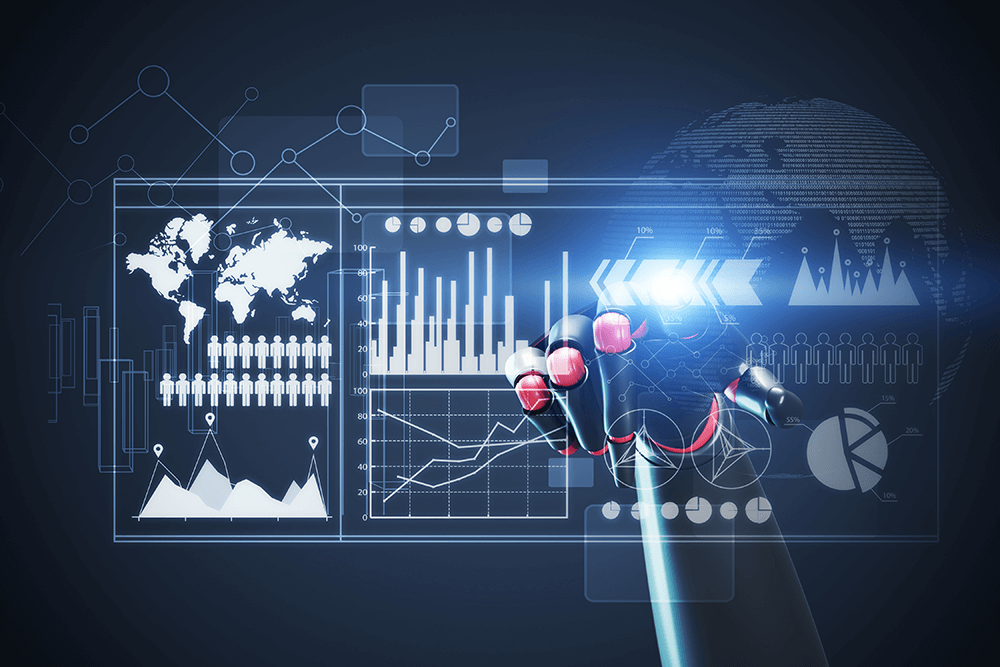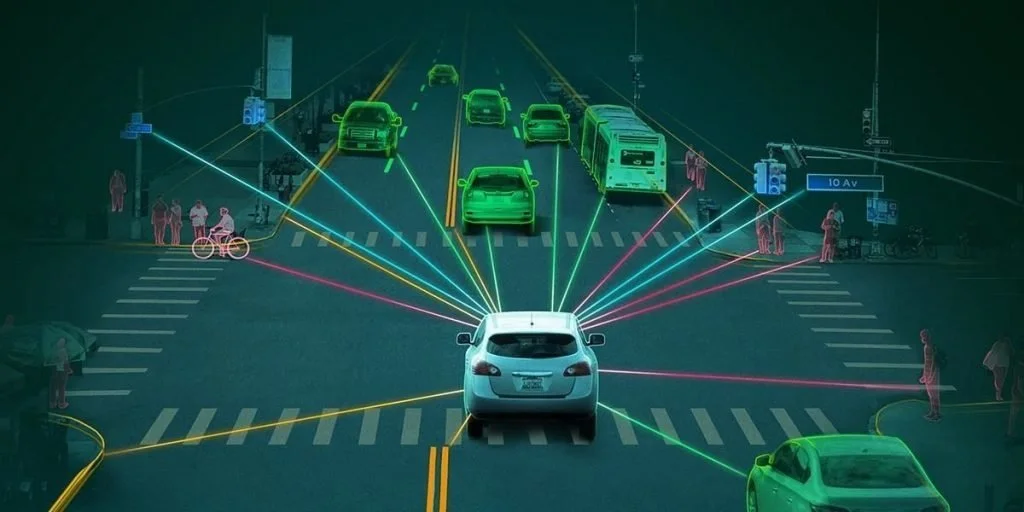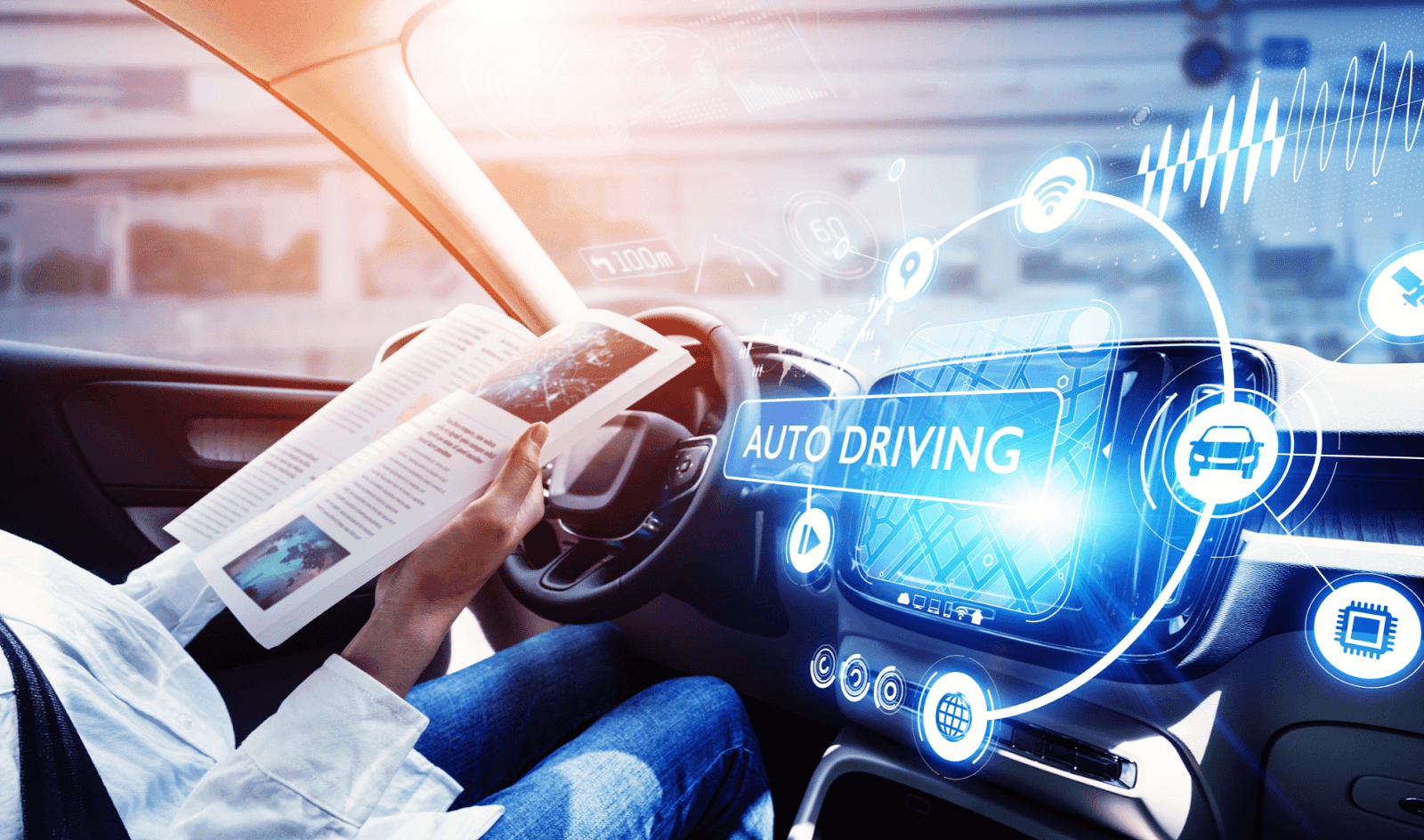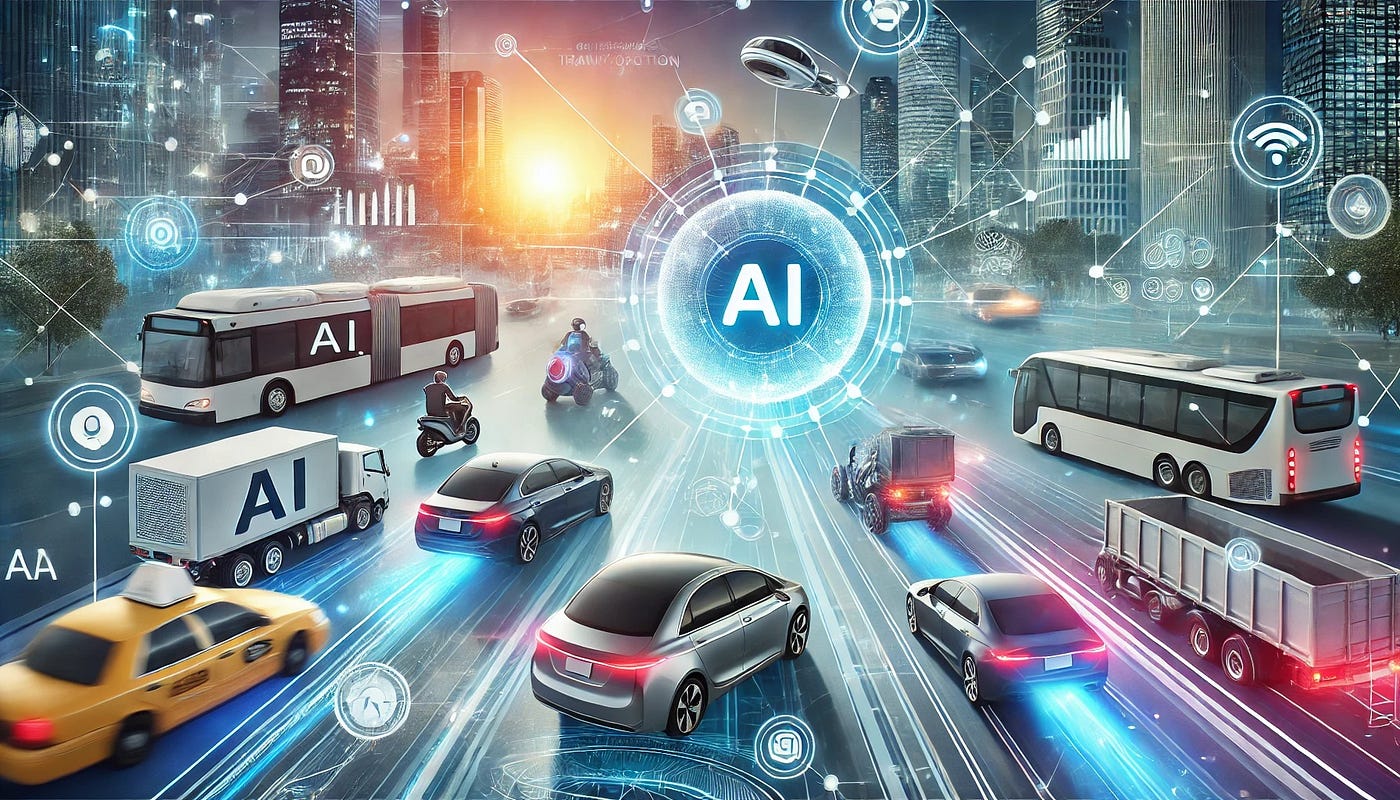Artificial Intelligence (AI) is revolutionizing the transportation industry by enhancing safety, efficiency, and user experience. Understanding the latest innovations in AI-driven transportation helps organizations and individuals prepare for a smarter and more connected future.
What is AI in Transportation?
AI in transportation refers to the use of intelligent algorithms, machine learning, computer vision, and data analysis to optimize traffic management, improve vehicle performance, enable autonomous driving, and enhance passenger services.
How AI Works in Transportation
AI systems in transportation gather and process large volumes of data from sources like sensors, cameras, GPS, and traffic signals. By analyzing this data in real time, AI can make quick decisions, predict traffic patterns, and improve route planning.
Key AI Innovations in Transportation
Autonomous Vehicles: Self-driving cars and trucks use AI to navigate roads, recognize objects, and make driving decisions without human intervention.
Traffic Management Systems: AI-powered traffic control adjusts signals based on real-time congestion, reducing delays and improving flow.
Predictive Maintenance: AI monitors vehicle health and predicts maintenance needs, reducing downtime and preventing accidents.
Smart Public Transportation: AI improves scheduling, optimizes routes, and provides real-time updates to passengers for a seamless travel experience.
AI-Powered Logistics: Algorithms enhance delivery routes, manage fleet operations, and improve supply chain efficiency.
Benefits of AI in Transportation
AI improves road safety, reduces travel time, lowers fuel consumption, and enhances the reliability of transportation systems. It also supports the development of eco-friendly solutions by optimizing traffic and reducing emissions.
Limitations to Consider
Despite its advantages, AI in transportation faces challenges such as regulatory hurdles, data privacy concerns, high implementation costs, and the need for robust cybersecurity measures to protect connected systems.
Conclusion
AI is transforming transportation by making it smarter, safer, and more efficient. By embracing these innovations, governments, businesses, and individuals can contribute to building intelligent mobility solutions that address modern transportation challenges.







Leave feedback about this